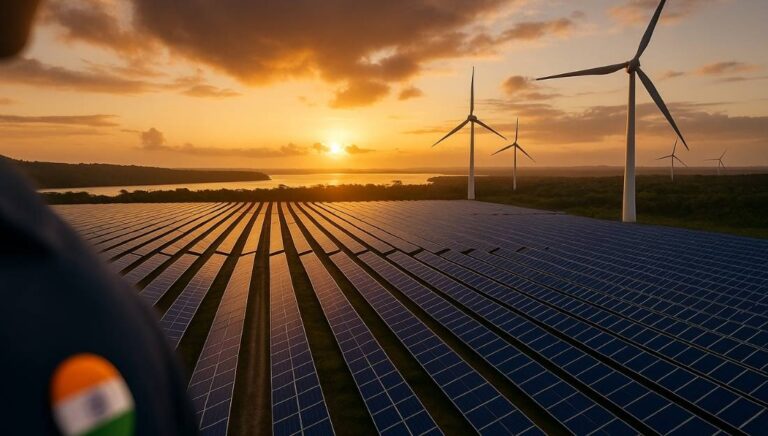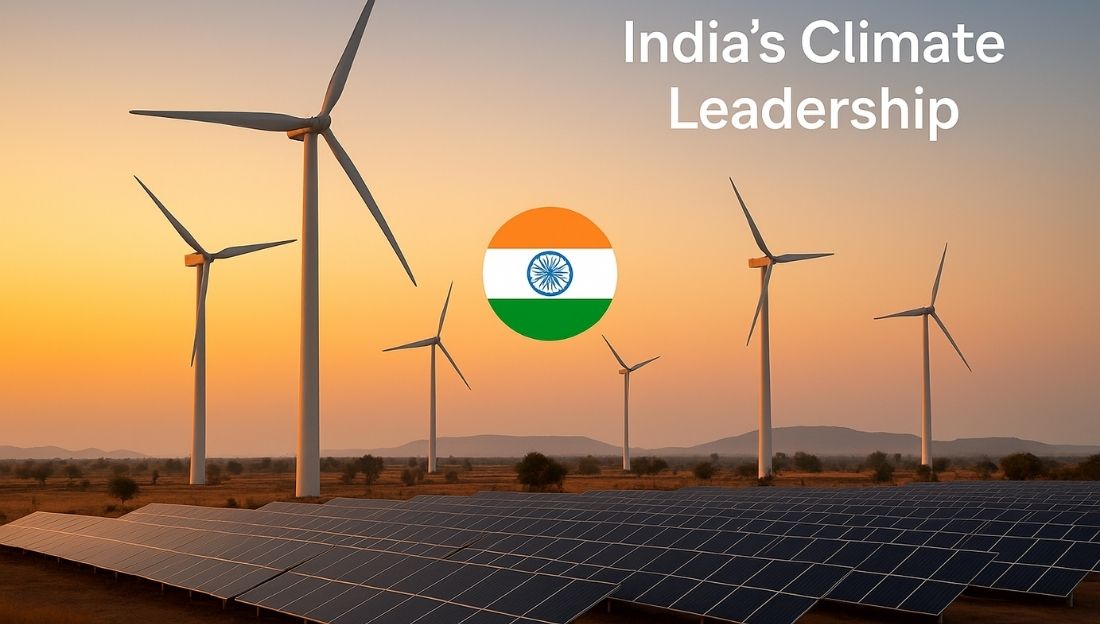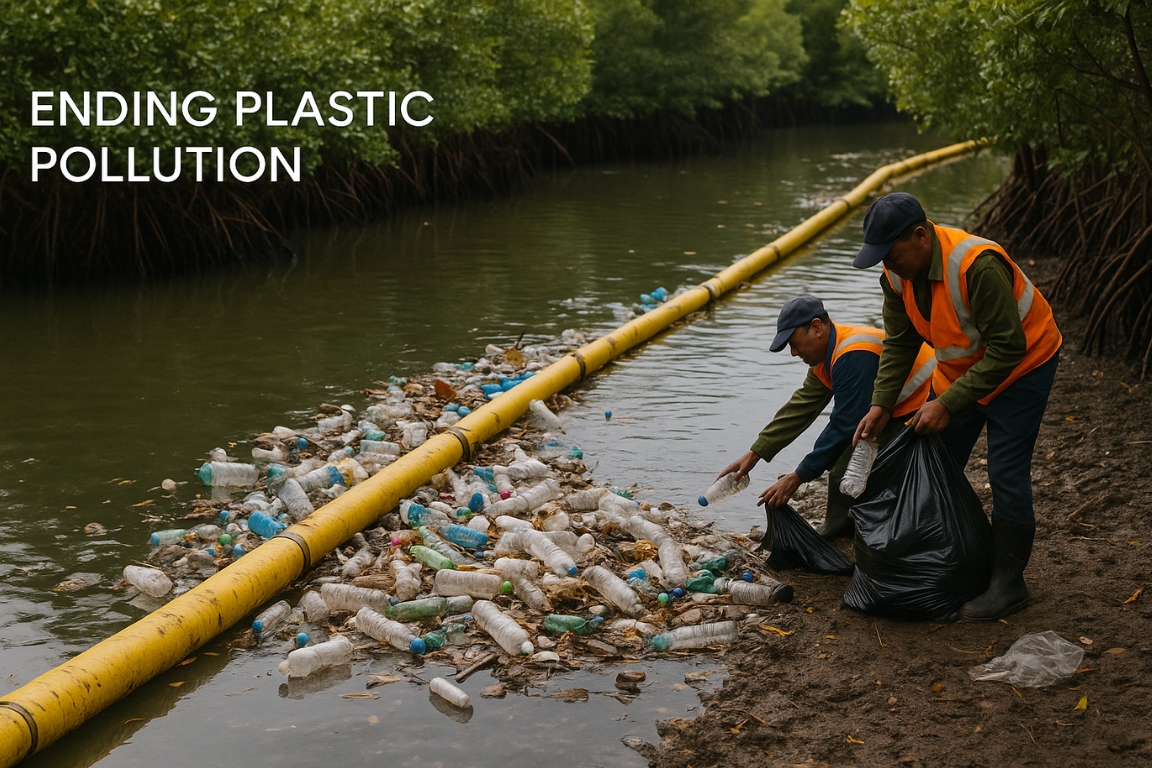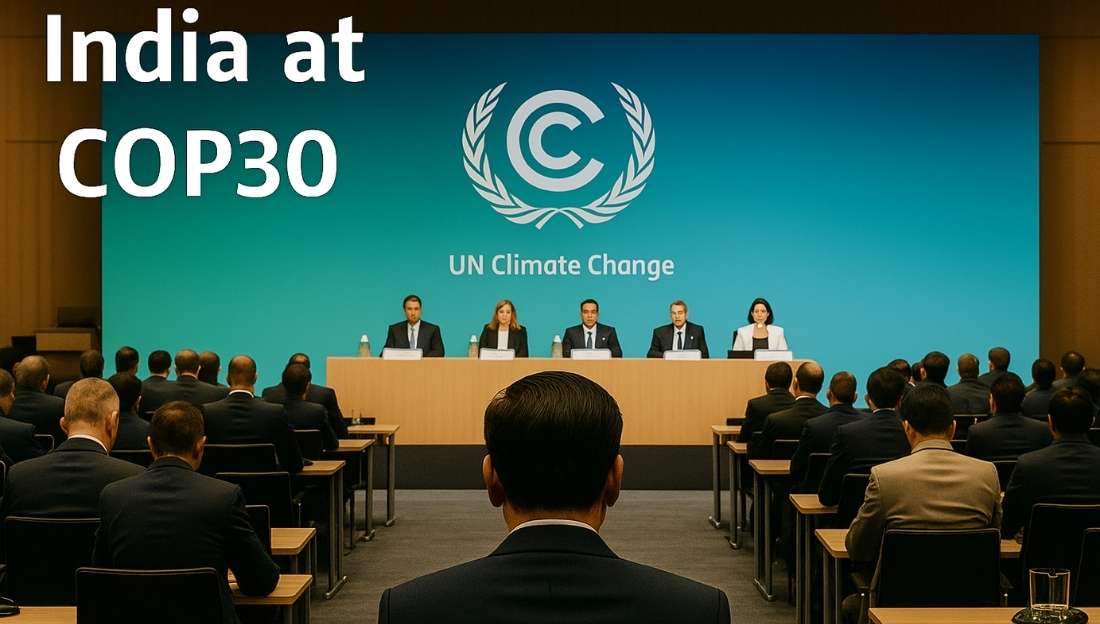Ahead of COP30 (Conference of the Parties) to be held in Belém, Brazil, in November 2025, global climate leadership appears weakened as major Western nations step back from commitments.
Background
- The U.S. has withdrawn from the Paris Agreement, while the EU and Brazil have shown limited enthusiasm for leadership.
- As global momentum slows, India’s consistent and steady approach to climate commitments positions it as a potential leader among developing nations.

India’s Climate Progress
- Steady Implementation: India has been implementing its climate commitments responsibly, nearly 50% of India’s installed power capacity now comes from non-fossil fuel sources.
- Renewable Energy Transition: Massive growth in solar, wind, and green hydrogen sectors reflects India’s progress.
- Emission Trends: For the first time, power sector emissions have stabilised, showing a decoupling between energy use and emissions.
Key Priorities for COP30
- Focus on Climate Finance: Greater emphasis on adaptation finance (for agriculture, water, and climate resilience) — not just mitigation projects like EVs and solar power.
- Pipeline of Projects: India must prepare sector-specific, ready-to-invest projects that can attract international climate funding.
- Industrial Emissions Reduction: The industrial sector (cement, steel, etc.) remains hard to decarbonize. India could introduce new NDC targets focusing on electrification and cleaner technologies.
Global Context and Cooperation
- India can lead a new “Axis of Good” — countries collaborating on technology, forests, and renewable energy.
- International cooperation should be driven by shared strategic and security interests, not just charity.
- Global carbon markets and carbon pricing can encourage both innovation and accountability.
Paris Agreement
What is it?
- A global climate treaty adopted in 2015 under the UN Framework Convention on Climate Change (UNFCCC).
- Signed by 195+ countries, including India.
- Legally binding but allows flexibility in national targets.
Key Objectives
- Limit global warming to well below 2°C, preferably 1.5°C above pre-industrial levels.
- Strengthen countries’ ability to adapt to climate impacts.
- Promote low-carbon development and climate finance.
Core Features
- Nationally Determined Contributions (NDCs): Each country sets its own emission reduction targets. Targets are reviewed every 5 years for improvement.
- Climate Finance: Developed countries to provide $100 billion/year to developing nations for climate action.
- Transparency Framework: Countries must report progress on emissions and actions.
- Global Stocktake: Every 5 years, a collective review of global progress.
India’s Role
- India committed to:
- Reduce emissions intensity of GDP by 45% by 2030.
- Achieve 500 GW of non-fossil fuel capacity by 2030.
- Enhance forest cover to absorb carbon.
Conclusion
India is already a model of balanced climate action, showing both ambition and responsibility.
By leveraging its renewable energy success, industrial innovation, and adaptation expertise, India can justifiably take on a leadership role in shaping the global climate agenda — ensuring growth, resilience, and sustainability for all.
This topic is available in detail on our main website.





